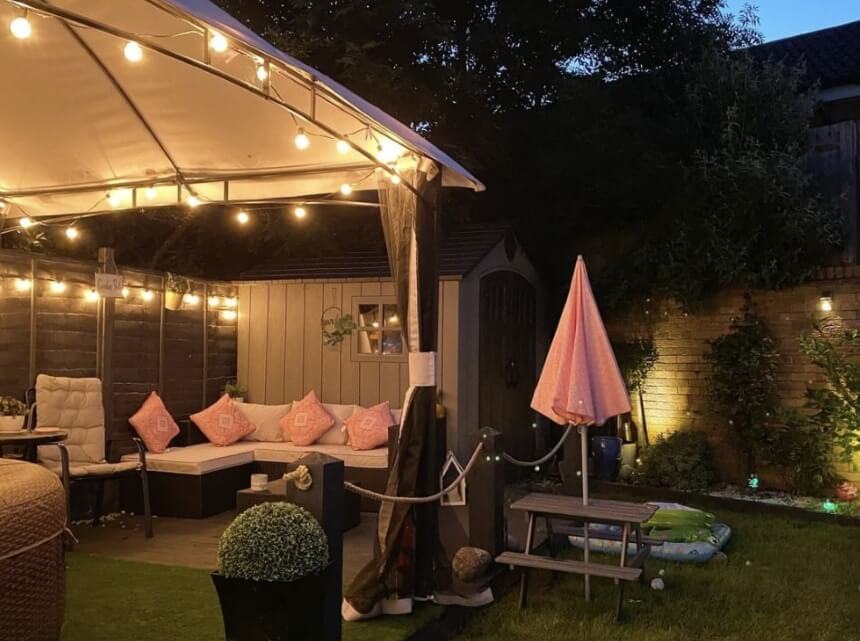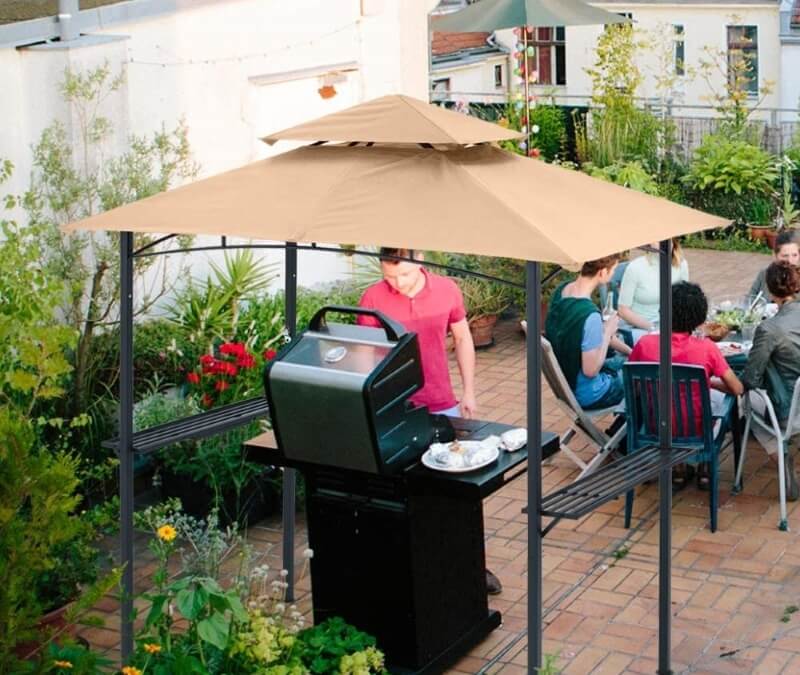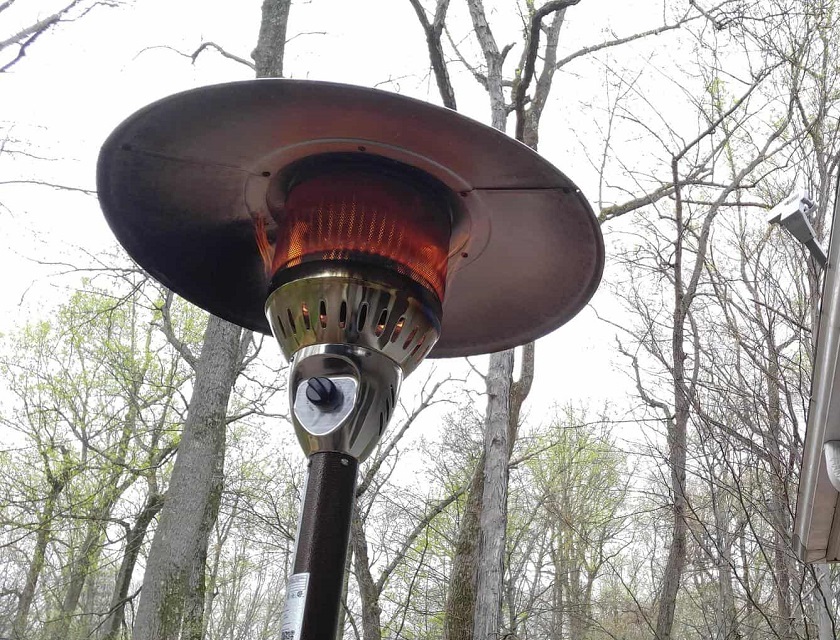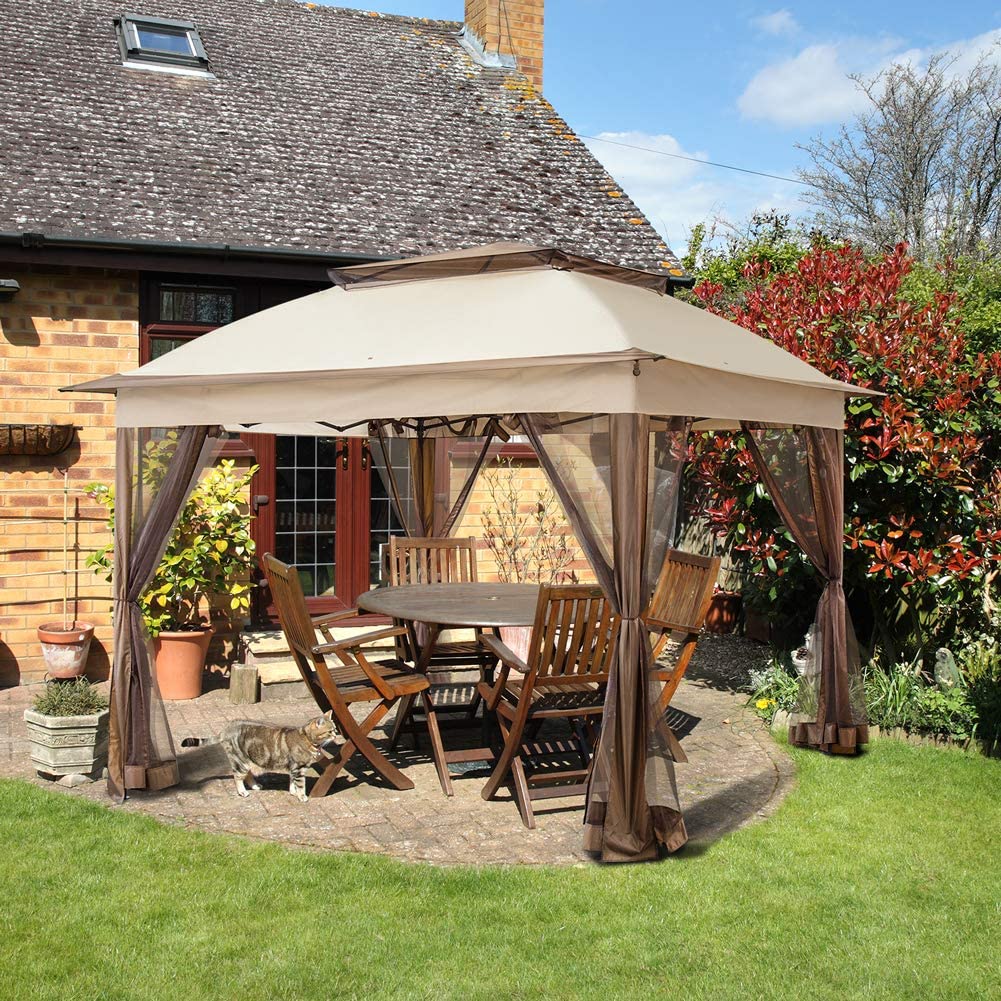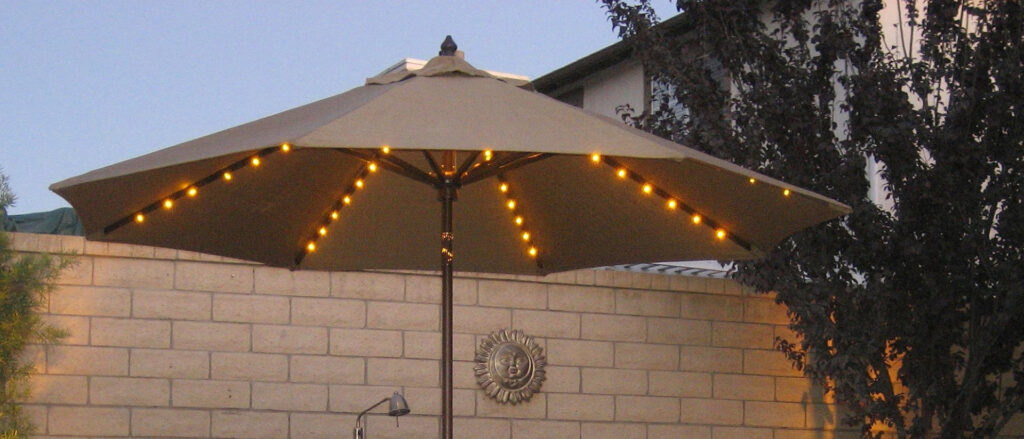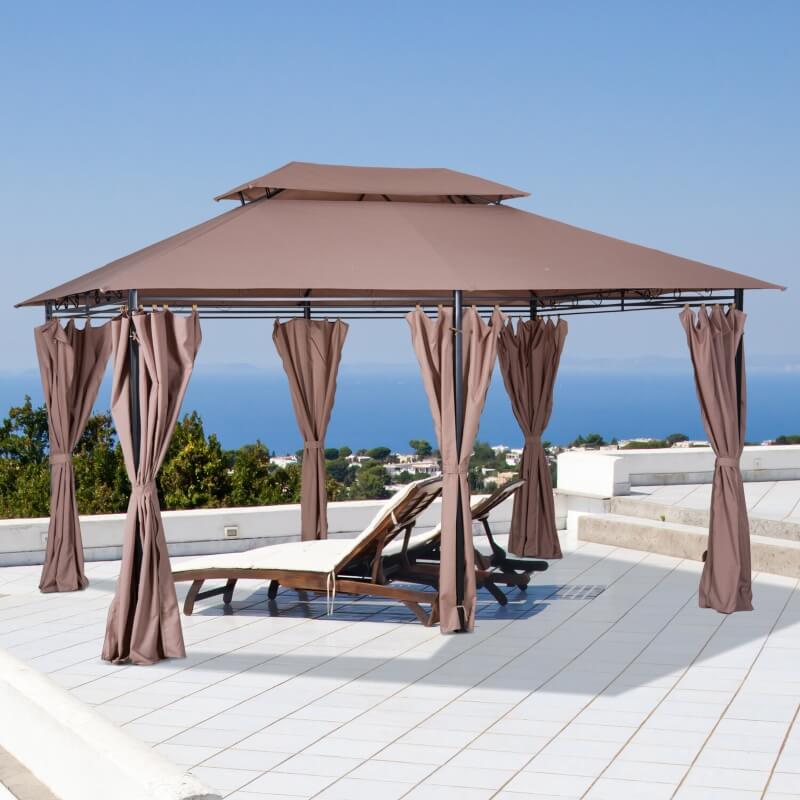
It’s no secret that dogs love playing outdoors with you and other dogs. As such, they may find a fun sanctuary in your backyard. However, depending on the season, weather, and other conditions, the yard in question may be muddy. Consequently, this mud will inevitably get on the dog’s paws and then onto your floor when your pet comes into the house.
Notably, we tell you how to fix a muddy backyard dog trail and avoid the above scenario in the write-up below. Some of the fixes we featured here are temporary, while others are permanent. You can then decide which one you will be taking depending on your dog, budget, the size of the yard, alongside other factors.
Your dogs may be creatures of habit where they follow the same route day in day out. If this is true for you, you’re in luck as you needn’t worry about dealing with the whole yard. Instead, you can create a path along your dog’s usual route and then enjoy having a mud-free house. That said, you have various options in terms of how you create the path that we delve into below.
A concrete/cemented path is an excellent permanent solution depending on the circumstances. If you have the money to call in a professional, the concrete path you get can be downright gorgeous and may end up beautifying your yard even more. Nevertheless, there are no rules against designing the concrete path yourself. In fact, with the right skill level, the path could still end up a beautiful addition to the yard.
Notably, the Square Paving Mould remains a popular purchase for DIY path creators. This plastic device helps users create sturdy and beautiful cement molds that may form the basis for a gorgeous cemented path on your lawn.
The installation cost is high and only gets higher the larger you need the path to be. This is a scary thought for dog owners, however, there is a silver lining in that it barely needs maintenance and will last forever. Of course, this is in addition to reducing the mud being tracked into your house by your beautiful puppy.
Some dog owners especially love cemented paths for their hygiene attributes. After all, cleaning them up is a breeze in cases where the pup poops or pisses there. You just scoop the poop and use a high-pressure garden hose to get rid of any waste left.
Despite being worth all the praise, a cemented path is not perfect. Depending on the weather and the season, the path can either get too hot or too cold for the dog. This can lead to injuries on the dog’s paws.
Option number two for creating a path is to use gravel, and we do recommend pea gravel Trusted Source Gravel - Wikipedia Gravel is a loose aggregation of rock fragments. Gravel is classified by particle size range and includes size classes from granule- to boulder-sized fragments. en.wikipedia.org if you’re going down this route. One positive gravel holds over concrete is that it is relatively cheaper. That said, you still get most of the same benefits, including ease of cleaning, and you can hose the path down if it gets the slightest bit muddy. As a side note, it drains really well when your dogs pee.
Your dog will feel more comfortable walking on gravel than it would on concrete. Depending on the types of rocks you choose, the path created could be an attractive addition to the yard.
Also, pay particular attention to the size of the gravel pellets. The larger they are, the more likely your dog will see them as a chew toy. Consequently, they may end up damaging their teeth in the long run. This is also why using rocks to create the path is ill-advised.
Dogs don’t seem to enjoy digging through gravel, making it harder for them to expose the mud underneath. Notably, the 12 Pounds River Rock Stones is a gravel purchase that previous path makers highly recommend. Since the rocks and gravel pellets in this purchase come in different colors, their decorative potential for your yard is also relatively high.
For a fast solution that gets you through just one winter while you consider your more permanent options, wood chips are a great choice. They are cheap, effective and once winter is over, they will likely decompose and integrate into your lawn. That said, they aren’t actually an alternative to fertilizers when trying to keep your lawn healthy and grow it to your standards.
Since you’re trying to make a path, you might have to consider what edging materials to use. However, these should be cheap and easily removable since you don’t expect the path to last long. Once the chips have been delivered to your yard, it’s an easy matter to use a rake to spread them out in the designated area.
Wood chips do carry with them some risk as well. One, they can get into your dog’s fur and be part of the mess the pet brings into the house. Second, they can cause splinters in your pup’s paws. Third and last, some variations of wood chips are toxic, and it’s best to avoid them for the safety of your furry friend. Cocoa mulch is one example of toxic wood chips.
Unlike wood chips, sand won’t decompose or integrate into your lawn. However, it does make for an excellent path surface. It will be delivered and dropped in the same fashion as wood chips. As such, it’s up to you to choose a suitable edging material. Additionally, a rake will work to spread it all over your designated path area. However, be cautious once winter is over because the sand will become dusty. Also, it can get onto the dog’s fur and may eventually find its way into your home.
Another muddy dog yard solution is to get synthetic turf. Owing to the similarity to natural grass in terms of texture and feel, your dog should be able to play just as freely on synthetic turf. There is almost zero risk of harm coming to the dog, and it gives your backyard a bright, clean outlook. An additional positive is it is a maintenance-free option.
Besides preventing mud from being tracked onto the floor, synthetic turf is designed to let urine pass through to the ground underneath. This means that the yard surface will be puddle-free through at least a couple of winters. Furthermore, this makes it easier to clean.
Notably, the cost of synthetic turf does make it an unpopular option. Remember that you may have to cover your entire yard with the material, which can be expensive to get.
Also, it’s not one of those things you can DIY and hope for the best. It requires skilled professionals to make sure everything is right, which adds to the cost even more.
Adding some decking is another solution to a muddy backyard dog trail. However, this is not the same as the deck attached to your house. Instead, it’s kennel decking and, as implied by the name, is more often used in dog kennels.
Notably, high-quality kennel decking is made from high-density plastic resins and molded into interlocking shapes. Also, most brands of kennel decking are chew-proof right out of the box, which means they will last a while before they need to be replaced.
You should place some other material under the decking with examples such as gravel, sand, and soil so that water drained from the decking has somewhere to go. Just like a concrete pavement, you’re also allowed to disinfect a kennel decking surface and then hose it down with water.
Higher quality decking options resist bacteria and are weatherproof. This translates to a healthier surface for the pup to run on, which stays comfortable no matter the weather. Lastly, these surfaces also tend to be fade-resistant.
All the muddy dog yard solutions may be ignoring the root cause of the problem: water drains poorly in your backyard. As such, one relatively complex solution would be to fix said drainage.
For this, you need to first check if your backyard is flat or not. If it’s not, then that is an obvious problem that needs to be corrected as water won’t be able to drain hence the prevalence of puddles and mud. As such, you may need to re-grade it, which can be a long, tiring, and expensive affair.
You may as well have to get rid of most of the grass already in your backyard if you intend to re-grade it. This brings up other problems, such as how long it will take to regrow the lawn. Consequently, more mud will be tracked into the house before there is sufficient grass cover. That said, some fertilizers can accelerate the growth of your new grass. Additionally, taking this course of action needs you to think of ways to keep the dog off the yard for at least a few months.
Even after re-grading the yard, it’ll likely still not be enough, and you might have to install a French drain. Call up a professional if you want the job done quickly, although that might cost you a pretty penny. Alternatively, you can decide to take up the task if you’re comfortable with DIY projects.
For this, find the lowest side of the yard and dig up a trench. A trencher machine would likely make this process easier, but it’s more likely that you’ll have to use a shovel. Install a perforated pipe in the trench with catch basins at various intervals depending on the size of the yard. A point to note is that the hole for the catch basin should be a little deeper than the rest of the trench.
Since the holes on the perforated pipe are meant to point down into the ground, you’ll have to add a layer of gravel under the pipe. This allows water to flood through the gravel and into the pipe. There also need to be other layers of gravel covering the pipe from above.
At some point, you’ll have to connect the perforated pipe with a solid pipe that then drains into a storm drain or something similar. Once you’ve fixed your drainage, you’ll avoid puddles, and consequently, you’ll avoid a muddy backyard dog trail.
Notably, even fixing your drainage problems may turn out to be for naught if your dog is an avid digger. Whether it’s to bury something or to find a cool place to lie down, the result is the same; mud on your carpet. This makes it necessary to stop it from digging any more holes.
One way to tackle this is to partially bury flat rocks or plastic chicken netting. Due to the rock’s hard surface, the dog will be less likely to dig in that area. Since you don’t want this in your entire yard, try and find places where the puppy likes to dig.
As for the netting, be sure you get plastic and not the metal variation. The former is much safer for your dog’s paws. Another solution is you can use the dog’s strong sense of smell against them. Just dump and spread vinegar, citrus peels, or cayenne on the pup’s preferred digging spots.
The pungent odor of these materials will discourage the dog from getting closer to the covered areas. However, be aware that these materials are organic, and their effect won’t last long. Consequently, you might have to keep spreading a new layer of vinegar or citrus peels every two days if you want the effect to last longer.
Next, motion sensor sprinklers can startle the dog every time it goes to specific areas in your yard. Positioned correctly, these sprinklers are an effective deterrent.
For large yards that you’ve painstakingly taken care of, trimmed, used organic fertilizers on, and more, getting an electronic outdoor containment system can also work to prevent digging in unseen areas. The system is essentially a collar that zaps the dog to enforce an invisible fence. Of course, it also includes an audible warning beforehand so the dog can know that they are approaching the fence. This might take a few weeks, but the canine will learn to toe the line soon enough.
Finally, there are other ways to set up your backyard to keep muddy trails at a minimum. One example is hardscaping. This includes adding structures like paths, walls, and more. Notably, some of these structures come prefabricated, and you can just place them on your lawn. However, it’s more likely that you may need to have a certified professional build your hardscaping ideas into your backyard.
If hardscaping is a non-starter, you can think of adding a boardwalk in your yard. Only use high-quality wood and ensure it is well treated to give protection against the elements and decay.
By learning how to fix a muddy backyard dog trail from the write-up above and using the tips included, you get some peace of mind. No more worrying about your carpet, flooring and furniture any time your canine goes outdoors. An additional benefit is the dog will have a lot more freedom to play since you’re not worried about the consequences.
If you have the time to wash the dog’s paws every time it comes from the yard, you can do that as well. However, most people don’t have the time to do this every day, hence the above tips. Lastly, your yard can maintain a neat, clean outlook throughout the muddy season as well.
